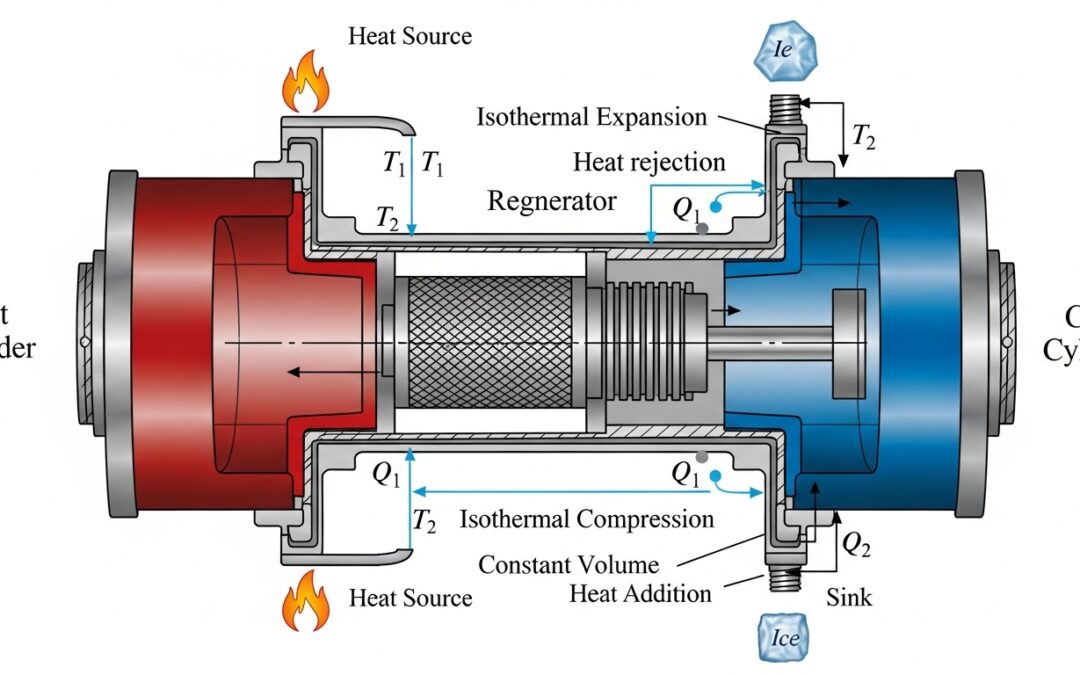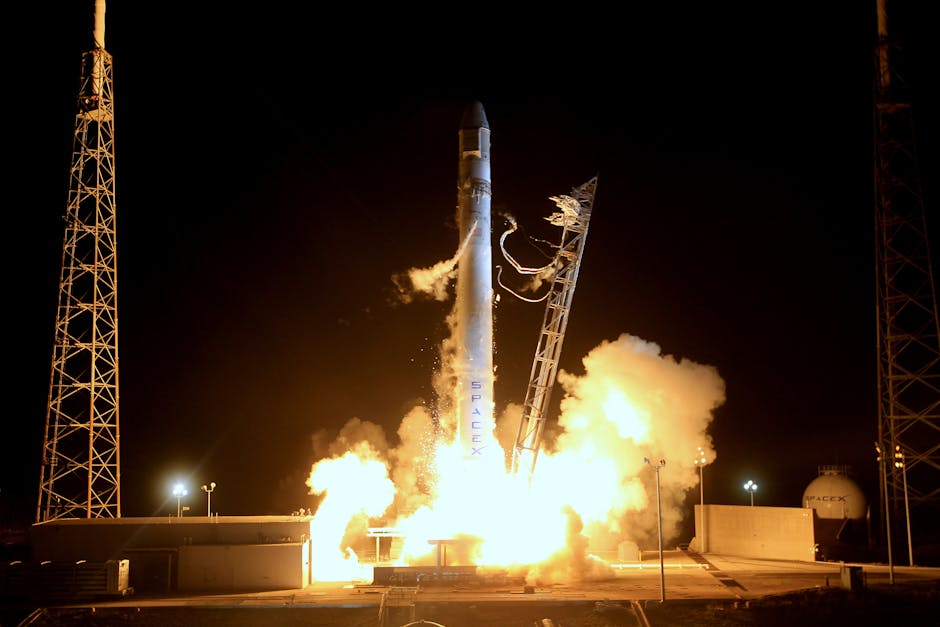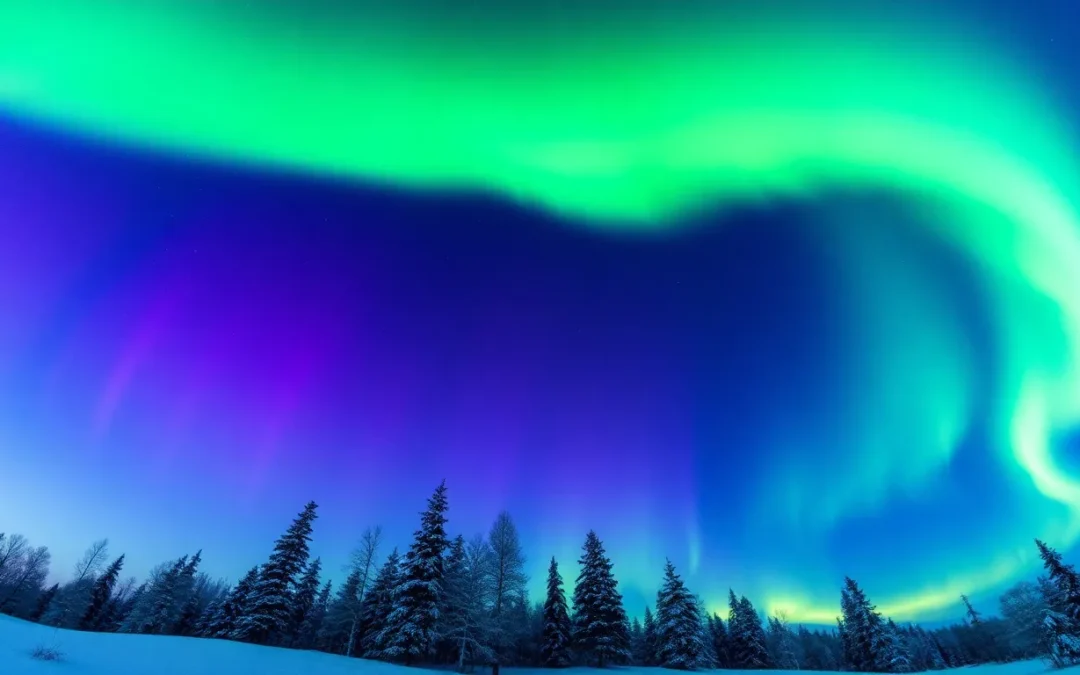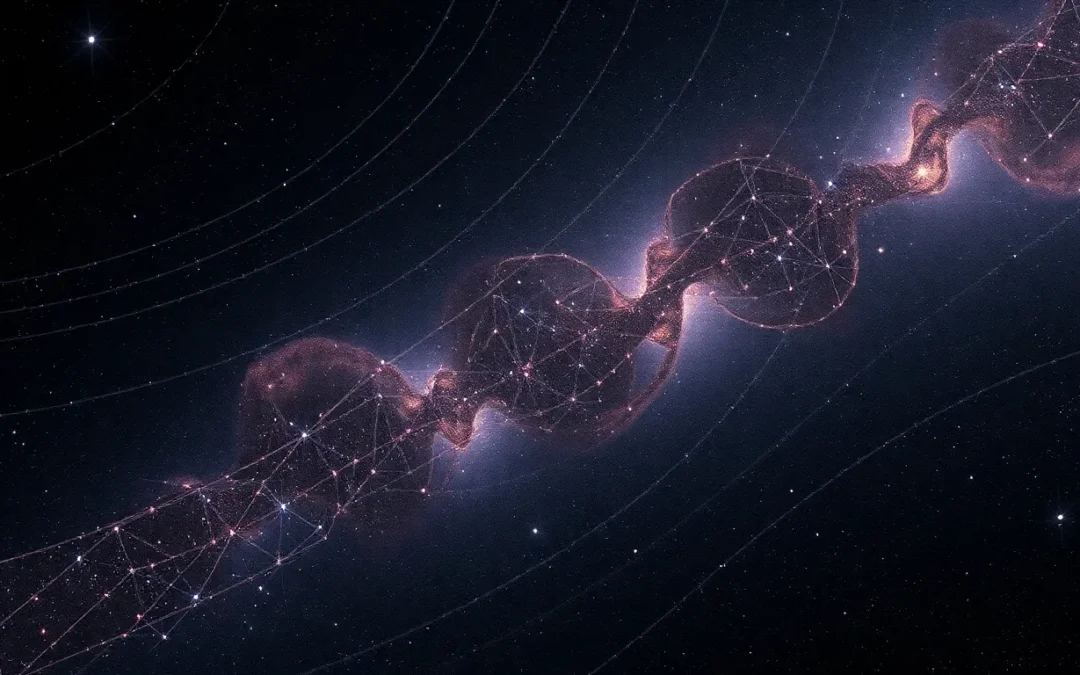Alright, let’s talk about the cosmos! We’re diving into a fascinating topic today: the exploration of a Supernova remnant Hubble is observing. In the vastness of space, stellar explosions leave behind incredible remnants, and we’re using the Hubble Space Telescope to unravel their secrets. These remnants, like the MC SNR J0519–6902 in the Large Magellanic Cloud, are essentially cosmic time capsules, offering clues about the lives and deaths of stars. This investigation promises to illuminate the nature of supernovae and the very fabric of the universe.
Table of Contents
Furthermore, the Supernova remnant Hubble has captured offers a unique window into the dramatic deaths of stars. The Hubble Space Telescope’s observations have revealed previously unseen structures, adding complexity to the puzzle. The goal is to understand the origins of these cosmic events. The study of these remnants is crucial for understanding the early stages of this interaction and the processes that shape the remnant’s evolution.
We also Published
In the vast expanse of the cosmos, celestial events of cataclysmic proportions unfold, leaving behind breathtaking remnants that challenge our understanding of the universe. Astronomers, employing the keen eyes of the Hubble Space Telescope and other sophisticated instruments, have embarked on a journey to unravel the mysteries of a supernova explosion within the Large Magellanic Cloud (LMC), a neighboring galaxy to our own Milky Way. This cosmic detective work, a blend of observation and inference, promises to shed light on the life cycle of stars, the nature of stellar explosions, and the very fabric of space-time. The focal point of this investigation is the supernova remnant MC SNR J0519–6902, a celestial spectacle that continues to captivate the scientific community and fuel the quest for knowledge.
Unveiling the Secrets of Supernova Remnants: A Cosmic Investigation
The study of supernova remnants, such as MC SNR J0519–6902, offers a unique window into the dramatic deaths of stars. These remnants, the ethereal ghosts of exploded stars, are not merely inert debris; they are dynamic environments where the elements forged in the stellar furnace are dispersed into the interstellar medium, the space between stars. The initial discovery of MC SNR J0519–6902 in 1981 marked the beginning of an ongoing exploration, revealing a ring-like structure approximately 26 light-years in diameter. The very nature of this event, the precise mechanism that triggered the supernova, remains a subject of intense scrutiny, with a destroyed white dwarf star being a prime suspect. The pursuit of understanding the origins of such cosmic events is a testament to human curiosity and the relentless drive to comprehend the universe’s intricate workings.
Recent observations, facilitated by the Hubble Space Telescope’s unparalleled resolution, have unveiled previously unseen structures within the remnant. These detailed images have revealed intricate details on the northeast side of the remnant, adding another layer of complexity to the existing puzzle. Furthermore, the discovery of a cloud of atomic hydrogen, seemingly connected to the supernova remnant, has opened new avenues of investigation. This connection hints at a complex interplay between the expanding supernova debris and the surrounding interstellar medium. The interaction between the blast wave and the ambient gas and dust is a crucial aspect of the Sedov-Taylor phase, a period in the remnant’s evolution where the expanding material sweeps up the surrounding matter, creating a shock wave that heats and ionizes the gas.
Deciphering the Stellar Demise: Exploring the Nature of Supernovae
The explosion that birthed MC SNR J0519–6902 is classified as a Type Ia supernova, a particularly important class of supernovae because they serve as “standard candles” for measuring cosmic distances. These events are thought to occur when a white dwarf star, the dense remnant of a sun-like star, reaches a critical mass, known as the Chandrasekhar limit. This can happen in two primary ways: either the white dwarf accretes material from a companion star in a binary system, or two white dwarfs merge. White dwarfs, the stellar corpses, are incredibly dense objects, packing the mass of the Sun into a volume comparable to the Earth. The fate of these stellar remnants is a fascinating area of study, and the precise mechanisms that trigger their explosive demise are still being investigated.
The research team’s findings suggest that MC SNR J0519–6902 is approximately 2,000 years old, placing it within the “Sedov-Taylor phase” of its evolution. During this phase, the expanding supernova remnant interacts with the surrounding interstellar medium, creating a shock wave that heats and ionizes the gas. The study of young supernova remnants, like MC SNR J0519–6902, is crucial for understanding the early stages of this interaction and the processes that shape the remnant’s evolution. The Australian Square Kilometre Array Pathfinder (ASKAP) telescope is planned to further investigate the relationship between the atomic hydrogen cloud and the remnant. This next step will allow astronomers to study the detailed distribution of hydrogen, which is crucial for understanding the evolution of the supernova remnant and its interaction with the surrounding interstellar environment.
Unraveling the Cosmic Puzzle: Future Directions in Supernova Research
The ongoing exploration of MC SNR J0519–6902 and other supernova remnants is a testament to the power of scientific inquiry. By combining observations from multiple telescopes, including Hubble and Chandra, astronomers can gain a more comprehensive understanding of these complex objects. The study of supernova remnants is not just about understanding the deaths of stars; it’s also about understanding the origin of the elements that make up the universe. Supernovae are responsible for the creation and dispersal of heavy elements, such as iron, silicon, and oxygen, which are essential for the formation of planets and life. Each new piece of data adds to the puzzle, bringing us closer to a complete understanding of these cosmic events.
Future research will likely focus on detailed analysis of the remnant’s composition, its interaction with the surrounding interstellar medium, and the precise mechanisms that triggered the supernova. The use of advanced telescopes, such as the James Webb Space Telescope, will provide even higher-resolution images and spectroscopic data, allowing astronomers to probe the inner workings of these objects in unprecedented detail. The study of supernova remnants will continue to be a vital area of research, providing valuable insights into the life cycle of stars, the evolution of galaxies, and the origin of the elements that make up the universe. As we continue to explore the cosmos, we are sure to uncover more about the mysteries of the supernova remnants.
We also Published
RESOURCES
- Veil Nebula Supernova Remnant | HubbleSite
- Supernova Remnant Cassiopeia A from Hubble – NASA SVS
- Supernova Remnant N 63A Menagerie | HubbleSite
- Supernova remnant menagerie | ESA/Hubble
- SN 1006 Remnant (Hubble) – NASA Science
- Supernova remnant N103B | ESA/Hubble
- Kepler’s Supernova Remnant – SN 1604
- Revisiting a Celestial Fireworks Display | ESA/Hubble
- Supernova Remnant E0102 in the Small Magellanic Cloud – NASA …
- Hubble Space Telescope Proper Motion Measurements of …







0 Comments